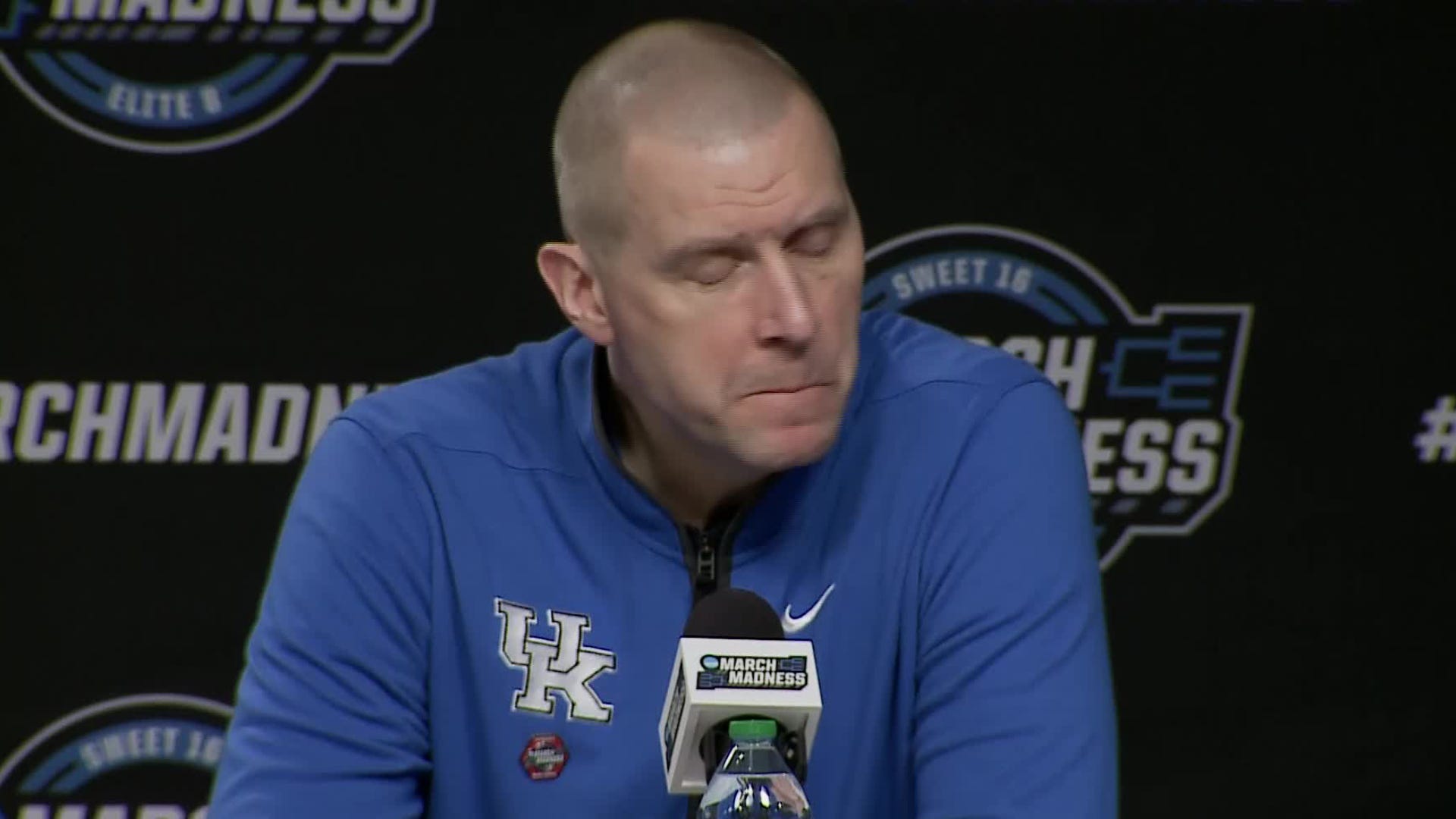ARLINGTON, Texas — They greeted the final whistle with clenched fists and high fives, but no, they did not spill onto the field. The U.S. men’s national team won North and Central America’s most coveted soccer trophy here on Sunday. They celebrated with nonchalant strides and no frills. They eventually popped champagne, and perhaps a hard seltzer or two; but they reacted as if they’d been Two to zero victors before because, well, they have. They have dominated Mexico, and graduated to greater challenges.
Mexico, once upon a time, was the venerated standard, the traditional giant to emulate and to chase. The rivalry was a constant barometer for the USMNT. Concacaf finals were the benchmarks by which progress was measured.
But now, winning them is the baseline expectation. “This is our trophy,” Berhalter said of the Nations League. When he convened players for a welcome meeting in Texas last week, he showed them a photoshopped picture of Michael Jordan; they talked openly about a “threepeat.”
Now, the stretch goal is grander.
Mexico has been surpassed. South American giants are the next point of reference.
Traditionally, culturally, technically, spiritually, the U.S. and Goliaths like Brazil and Argentina are miles apart. But on Sunday night, Tyler Adams didn’t shy away from a question that mentioned them. They’re “teams [that] have proven something already. They’ve won everything there is to win,” he said. “That’s kind of the role model, so to speak, of what the U.S. wants to become.”
Geography and politics will keep the USMNT within Concacaf. They won’t ignore the region. “I wanna keep winning this [Nations League] trophy, and only let us win it, to the point it gets boring to people,” Antonee Robinson said last week.
But they have clearly outgrown it. They spent the past five years rising from a nadir to the top of Concacaf. “And now it’s, how do you take that next step?” Berhalter mused last week.
Their answer will define the next three years.
The majority of steps in international soccer are taken away from national teams. Individual players drive progress. Their “continued development at their clubs” was the first variable Berhalter mentioned. It’s the most influential, because the USMNT only gets two dozen training sessions together per year. Tactics rarely win international games; talent does.
But they can’t possibly grow as much as they did from 2019 to 2023. The likes of Adams and Chris Richards matured from kids to adults, and completely transformed the U.S. player pool last cycle. From 2023 through 2026, their gains will be more marginal. Their core will solidify. In many ways, it already has.
World Cup aftermaths are typically time for turnover. But not for the second-youngest team in Qatar. Roughly 87% of the USMNT’s World Cup minutes went to players that, 15 months later, either celebrated in Arlington on Sunday or withdrew from the Nations League roster due to injury. And if not for two other injuries, to Cameron Carter-Vickers and Walker Zimmerman, the number might have jumped over 90%. The core is the core. So its growth will be collective.
It will have to find an edge, to rise above the proverbial sum of its parts. And to rise, the U.S. men will have to reach for teams above them.
Berhalter knows this. A month ago, on a visit to Washington D.C., he sat on a barstool in the basement of Astro Beer Hall, and pondered the eccentricities of Concacaf World Cup qualifying. His mind raced through fond memories. “It’s a gauntlet,” he said. “And it’s great to participate in.” He smiled.
“But it’s not gonna help us win the World Cup,” he continued, his tone now analytical. “We need to be playing teams like Colombia, like England, like Italy. Those are the top level teams that will help us win the World Cup.”
They will play at least three of those teams this summer — Colombia and Brazil in friendlies, then Uruguay in Copa América. The modified South American soccer championship will be a pivotal platform. “It’s just a chance for us to show, before the World Cup, that we’re a team to be feared,” Richards said Sunday night, looking ahead to June.
To date, they haven’t done that. In five years under Berhalter, they haven’t beaten a top-25 Elo team outside Concacaf. By June 12, 2026, they must learn how.
The only way to learn, in this case, is to do. “It’s really easy for us to just talk about that,” Berhalter said last month. “[But] it’s something we need to build. Because it’s not there yet. When we play against Argentina or Brazil, I want the guys to be confident in themselves, confident in the team, that we can win the game.” They won’t be confident they can until they have.
Copa América, in this sense, is a rare opportunity. “The urgency that South American teams play with,” Berhalter said, will make it “a grind. It’s not like the Euros. You guys know this,” he told a group of fans. “It’s a different level.” It will be the USMNT’s stiffest test between now and the World Cup on home soil. It will hopefully be a first chance to ride a home-crowd wave.
Finals against Mexico will always be relevant. They will always be fiery and taxing. The Nations League will sometimes be a useful experience.
But Berhalter hardly hesitated when asked to compare the two.
“Copa América,” he said last month, “will be more difficult.”







